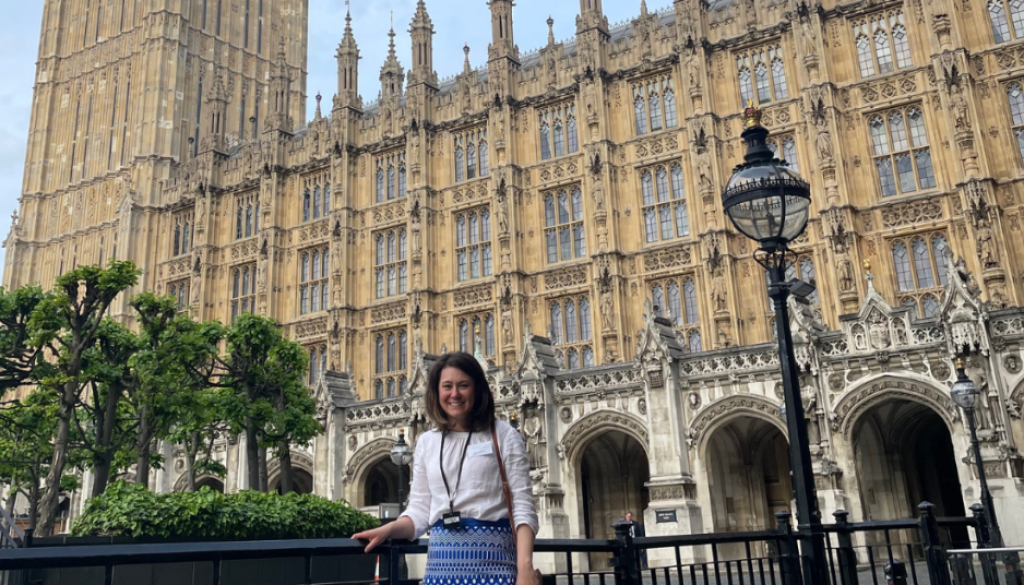Westminster, Rare Collaboration and Rare Diseases Action Plan 2022
Last Monday I attended a reception at the House of Commons to celebrate the 40th anniversary of the Society for Mucopolysaccharide Disease, or MPS. MPS is a member of the LSD Collaborative, who played a key role in the early stages of M4RD. There were representatives from all corners of the rare disease community. It was great to put faces to names and meet inspirational individuals living with these rare conditions. A highlight for me was hearing those affected by lysosomal storage disorders open up to share their stories.
Collaboration for rare diseases
The overarching theme at the reception was about collaboration. Collaboration of stakeholders within the rare disease community, for the greater good. The old adage ‘strength in numbers’ certainly felt appropriate. As we know, rare diseases may be rare but are collectively are common. With this in mind and following the trip to Westminster, I thought this would be a timely opportunity for me to start discussing M4RD’s thoughts on the Department of Health and Social Care’s England Rare Disease Action Plan 2022. This document was published earlier in the year, in follow-up to the UK Rare Disease Framework, published January 2021.
The UK Rare Disease Framework
Firstly let’s think back to the development of The Framework. This was a huge achievement for the rare disease community and M4RD were glad to be involved in the consultation called The Big Conversation, launched by Baroness Nicola Blackwood. A whole host of stakeholders – from patients and advocacy groups to clinicians and industry – devoted many hours and resources to assist policy makers in bringing it to fruition. Thus the England Action Plan, published on Rare Disease Day 2022 was much anticipated.
The Action Plan
M4RD appreciates the work undertaken by the DoH&SC in making this happen especially given the challenges this small team has faced since the start of the pandemic. Immediate thoughts of the England Action Plan are that it provides a comprehensive narrative of the original Framework. It highlights how existing projects, within the remit of Genomics and Genetics fit within it. The work of Medics4RareDiseases is acknowledged a number of times which demonstrates that the Implementation Group are recognising the expertise provided by the third sector (although with no budget behind this patient groups still struggle with sustainability). The plan also emphasises that this is growing plan that will be in annual review rather than a one-time-document.
However considering all of the time and resources that the rare community put into the Framework consultation, a lack of new actions in some priorities was disheartening – particularly around coordination of care. M4RD appreciates the limitations on the health service but we were hoping for more new and definitive actions in previously less-examined problems highlighted by the rare community. There is a frustration that, while delivery partners of the Action Plan has to be limited to those under the DoHSC’s remit, there is wasted potential for making progress. With regards to Priority 2 M4RD has a model action plan that has a much larger reach than this action plan but relies on collaboration. I will share details of this plan in the coming weeks.
Clarity and straight talking
A visceral take-home message, from meeting those affected by rare diseases last week, was how convoluted and tedious their journey can be. Right from the diagnostic odyssey to managing their conditions and adapting their work and lifestyles. What they need and deserve from policy makers is clarity. If the budget does not allow for new actions to be carried out then the kindest approach is straight talking. The Action Plan is 90 pages, so I will be breaking up our response in a series of upcoming blog posts.




